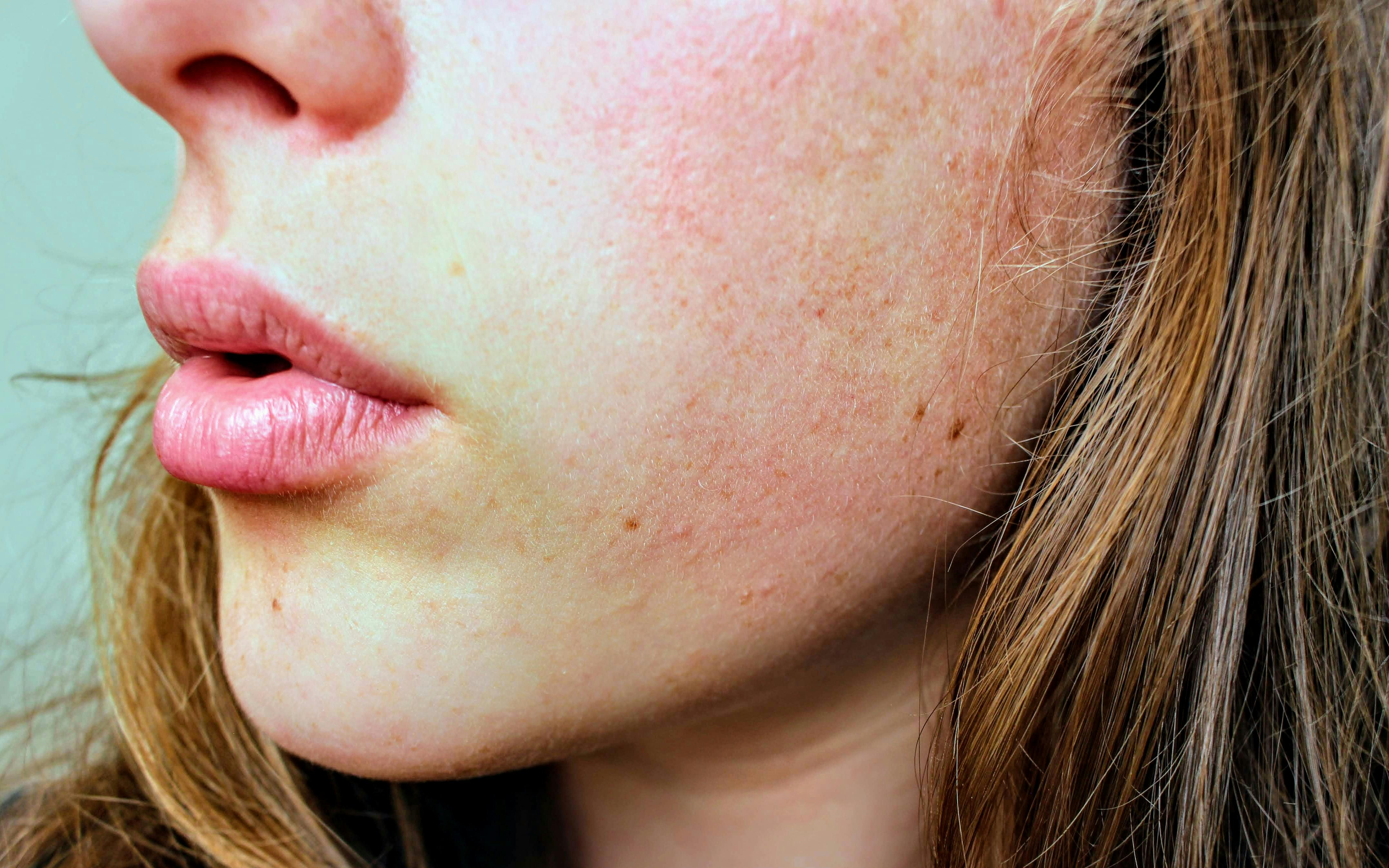Eyebrow Hair Transplantation in Germany — Achieve Your Desired Shape
Eyebrow hair transplantation in Germany has become an increasingly popular option for individuals seeking to restore or reshape their brows. Modern techniques allow for natural-looking results with various styles — thick, bold, or subtle — tailored to facial features. Understanding how the process works, what kind of candidates are suitable, and what to expect during recovery can help you decide if this approach aligns with your goals. Explore how eyebrow restoration could be a long-lasting solution for achieving your ideal look.

How Does Eyebrow Hair Transplantation Work?
The eyebrow transplantation process begins with a thorough consultation where specialists assess your facial structure, existing eyebrow hair, and desired outcome. The most commonly used technique is Follicular Unit Extraction (FUE), where individual hair follicles are carefully harvested from a donor area, typically the back of the scalp where hair characteristics closely match eyebrow hair.
During the procedure, performed under local anesthesia, surgeons create tiny incisions in the eyebrow area following the natural growth pattern and direction of eyebrow hairs. Each follicle is then meticulously implanted at the correct angle to ensure natural-looking results. The entire process typically takes 2-4 hours, depending on the extent of restoration needed. German clinics often employ advanced microscopic techniques to ensure precision and minimize trauma to surrounding tissues.
Recovery involves initial scab formation around transplanted follicles, which naturally shed within 7-10 days. The transplanted hairs initially fall out after 2-3 weeks, which is normal, before new growth begins around the third month. Final results become visible after 8-12 months, revealing naturally integrated eyebrows that grow continuously and require regular trimming.
What Styles Can Be Achieved With Eyebrow Restoration in Germany?
German practitioners can create various eyebrow styles to suit different facial shapes and personal preferences. The straight, horizontal brow popular in Korean beauty trends can be achieved for those with round or heart-shaped faces, creating a youthful appearance. The classic arched brow remains timeless, with the arch positioned above the outer edge of the iris to lift and define facial features.
Bold, thick eyebrows inspired by celebrity trends can be created for those wanting dramatic definition, while subtle, naturally sparse looks work well for individuals preferring understated enhancement. The soft-angled brow offers a modern compromise between straight and arched styles, suitable for most face shapes.
German specialists excel at creating asymmetrical corrections, addressing uneven growth patterns or scarring. They can also extend eyebrow length for those with naturally short brows or fill in gaps caused by over-plucking. The key to successful results lies in working with experienced practitioners who understand facial proportions and can recommend styles that enhance your natural features rather than appearing artificial.
Who Is a Good Candidate for Eyebrow Transplantation?
Ideal candidates for eyebrow transplantation have sufficient donor hair, typically from the scalp, with characteristics that match desired eyebrow appearance. Individuals with thin, over-plucked, or naturally sparse eyebrows often see excellent results, as do those experiencing hair loss due to alopecia, chemotherapy, or hormonal changes.
Good candidates should have realistic expectations and understand that transplanted eyebrow hairs will require regular trimming since they retain growth characteristics of scalp hair. Age considerations include being at least 18 years old, though many practitioners recommend waiting until the early twenties when facial features have fully matured.
Certain medical conditions may affect candidacy, including active autoimmune disorders, bleeding disorders, or keloid scarring tendencies. Smokers may experience compromised healing and reduced graft survival rates. Patients should be in good overall health and able to follow post-operative care instructions, including avoiding certain medications and activities during recovery.
Women who are pregnant or breastfeeding are typically advised to postpone the procedure. Those with unrealistic expectations about achieving identical eyebrows or expecting immediate results may not be suitable candidates, as the process requires patience and understanding of natural healing timelines.
Cost Considerations for Eyebrow Transplantation in Germany
Eyebrow transplantation costs in Germany vary based on clinic location, surgeon experience, and procedure complexity. Metropolitan areas like Munich, Frankfurt, and Berlin typically command higher fees than smaller cities, though quality standards remain consistently high across the country.
| Clinic Type | Location | Estimated Cost Range | Key Features |
|---|---|---|---|
| Premium Private Clinics | Munich/Frankfurt | €3,500 - €6,000 | Advanced FUE techniques, luxury facilities |
| Specialized Hair Centers | Berlin/Hamburg | €2,800 - €4,500 | Focus on hair restoration, experienced teams |
| General Cosmetic Clinics | Regional Cities | €2,200 - €3,800 | Comprehensive cosmetic services, competitive pricing |
Prices, rates, or cost estimates mentioned in this article are based on the latest available information but may change over time. Independent research is advised before making financial decisions.
The investment typically includes consultation, procedure, follow-up appointments, and initial aftercare products. Some clinics offer financing options or package deals for multiple procedures. Insurance generally doesn’t cover cosmetic eyebrow transplantation unless performed for medical reconstruction purposes.
Recovery and Maintenance Expectations
Post-transplantation recovery requires careful attention to ensure optimal results. Initial healing involves keeping the transplanted area clean and dry, avoiding direct sunlight, and refraining from touching or rubbing the eyebrows. Most patients can return to work within 3-5 days, though some residual redness may persist for up to two weeks.
Long-term maintenance includes regular trimming every 2-3 weeks since transplanted hairs maintain scalp hair growth characteristics. Some patients choose to have occasional professional shaping to maintain their desired style. Touch-up procedures may be necessary after several years if additional density is desired, though most patients achieve satisfactory results from a single session.
Understanding the commitment involved in eyebrow transplantation helps ensure realistic expectations and satisfaction with long-term results. German practitioners typically provide comprehensive aftercare guidance and remain available for questions throughout the healing process, contributing to the country’s reputation for quality cosmetic procedures.
This article is for informational purposes only and should not be considered medical advice. Please consult a qualified healthcare professional for personalized guidance and treatment.




